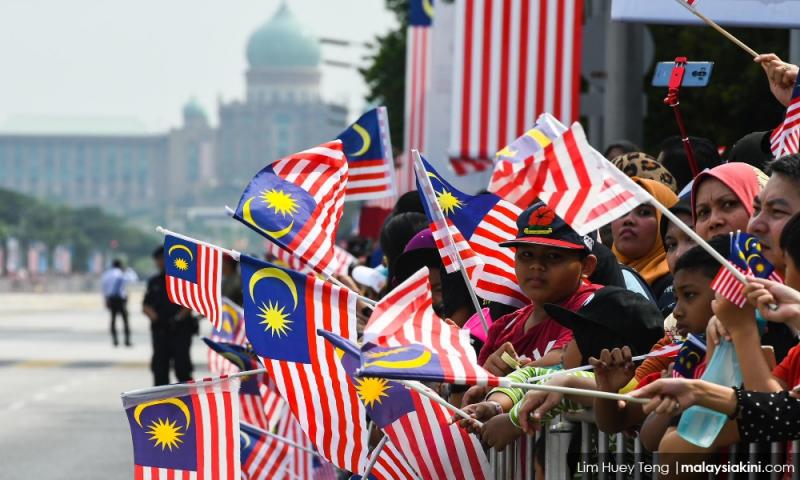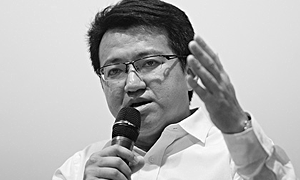COMMENT | Going beyond a 'Malaysian Malaysia'
COMMENT | Kit (Lim Kit Siang) defined DAP’s vision for a Malaysia that belongs to all from very early on. Much as the party is maligned as fighting for non- Malay interests through the ‘Malaysian Malaysia’ idea, particularly that of the Chinese, the vision he laid out in the 1960s and continues to uphold is much more than the caricature version put forward by his opponents.
To him, on the one hand, it is about convincing the Malays that Malaysia is also home to non-Malays as they love this nation as much as anyone else; on the other hand, it is also about convincing the non-Malays that the struggle is not to fight for any racial interest but for the common interest of all Malaysians.
On the Malay front, the opponents were Malay right-wing groups, including many in Umno who saw non-Malays as outsiders to our nationhood and sowed anxieties among Malays that non- Malays were threatening their future. There was this idea that the nation had to be dominated by one language and one culture, to the exclusion of other elements.
On the non-Malay front, groups like MCA and MIC kept pushing the idea that the Chinese and Indians needed protectors, thus justifying their existence in the Alliance ruling coalition to protect the Chinese and Indians from the so-called threat of the Malays.
Positions on these issues were expressed in the Setapak Declaration of 1967, including affirming the commitment of DAP to building a creative and harmonious nation that provided the only way of national integration, not national disintegration, and objecting to a ‘bumiputera’ versus ‘non-bumiputera’ dichotomy.
While it is true the party made its stand in 1967 that ‘the DAP is irrevocably committed to the ideal of a free, democratic and socialist Malaysia, based on the principles of racial equality, and social and economic justice, and founded on the institutions of parliamentary democracy', political scenarios, situations and realities have evolved a lot in more than half a century.
Indeed, DAP is still committed to its principles but it also accepts the realities of Malaysia. In fact, in 1967 itself, the Setapak Declaration explained that to achieve its aims, DAP could not do it on its own by ...
RM12.50 / month
- Unlimited access to award-winning journalism
- Comment and share your opinions on all our articles
- Gift interesting stories to your friends
- Tax deductable

 Liew Chin Tong
Liew Chin Tong